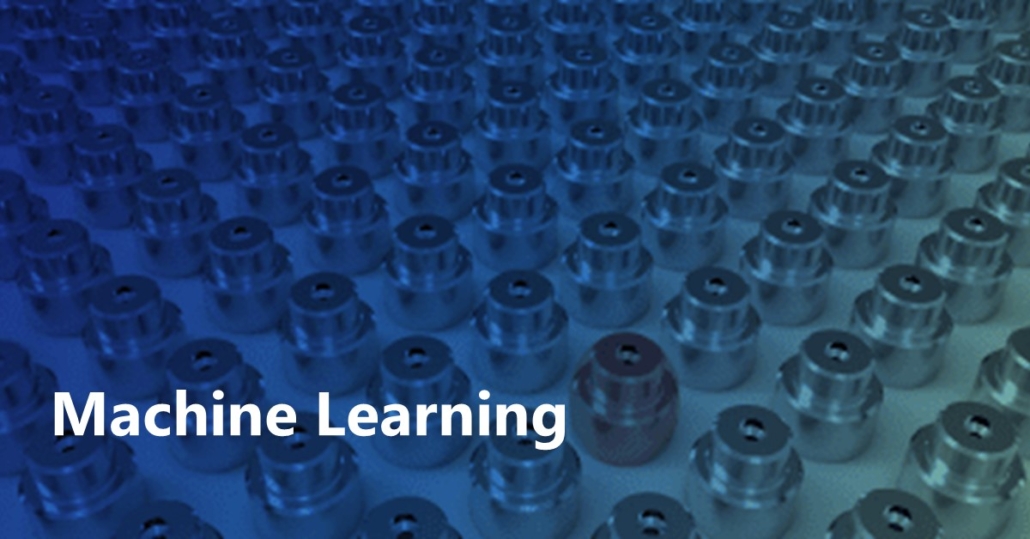Impeller: A Path-based Heterogeneous Graph Learning Method for Spatial Transcriptomic Data Imputation
Recent advances in spatial transcriptomics allow spatially resolved gene expression measurements with cellular or even sub-cellular resolution, directly characterizing the complex spatiotemporal gene expression landscape and cell-to-cell interactions in their native microenvironments. Due to technology limitations, most spatial transcriptomic technologies still yield incomplete expression measurements with excessive missing values. Therefore, gene imputation is critical to filling in missing data, enhancing resolution, and improving overall interpretability. However, existing methods either require additional matched single-cell RNA-seq data, which is rarely available, or ignore spatial proximity or expression similarity information

 Our
Our 